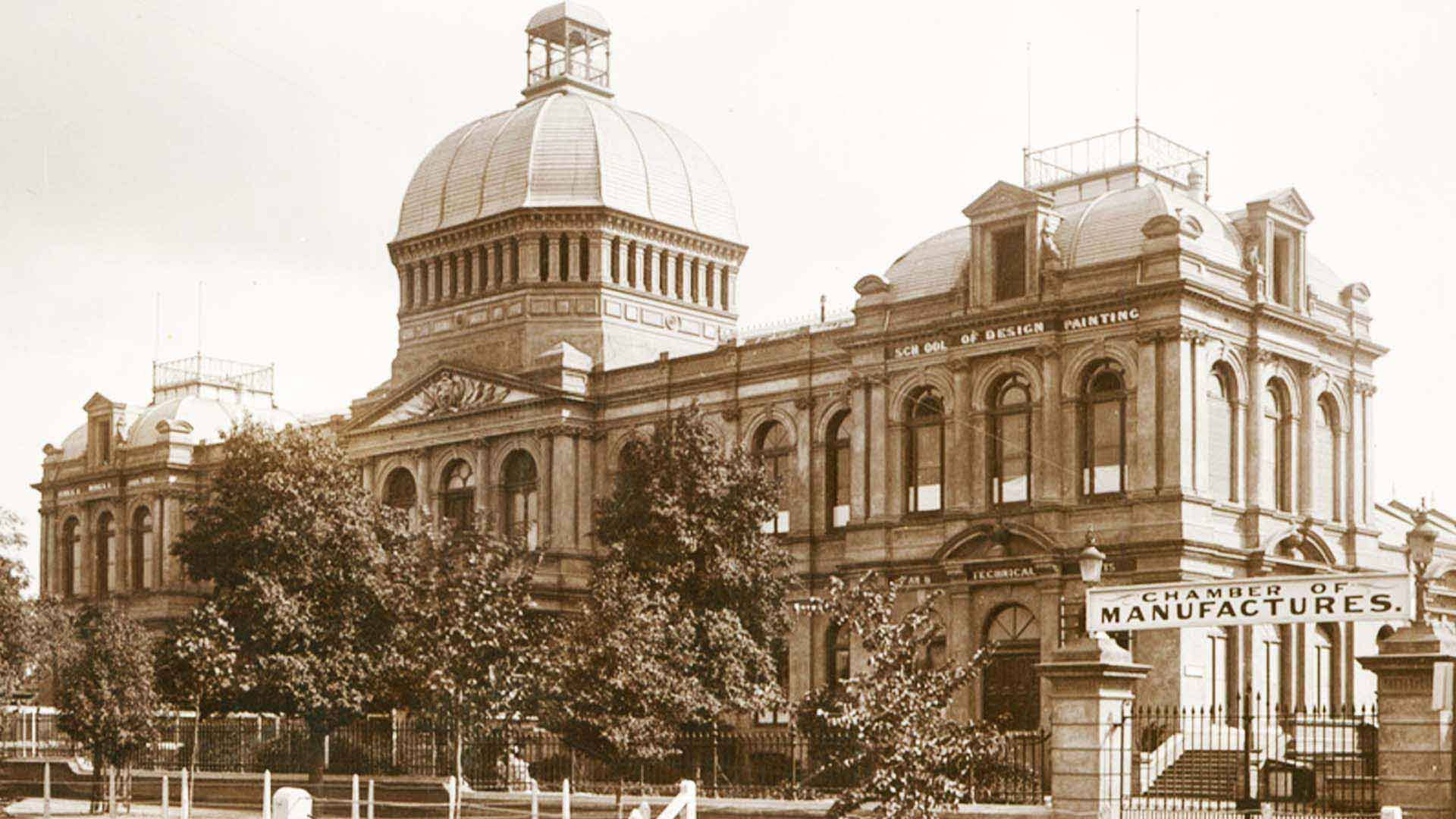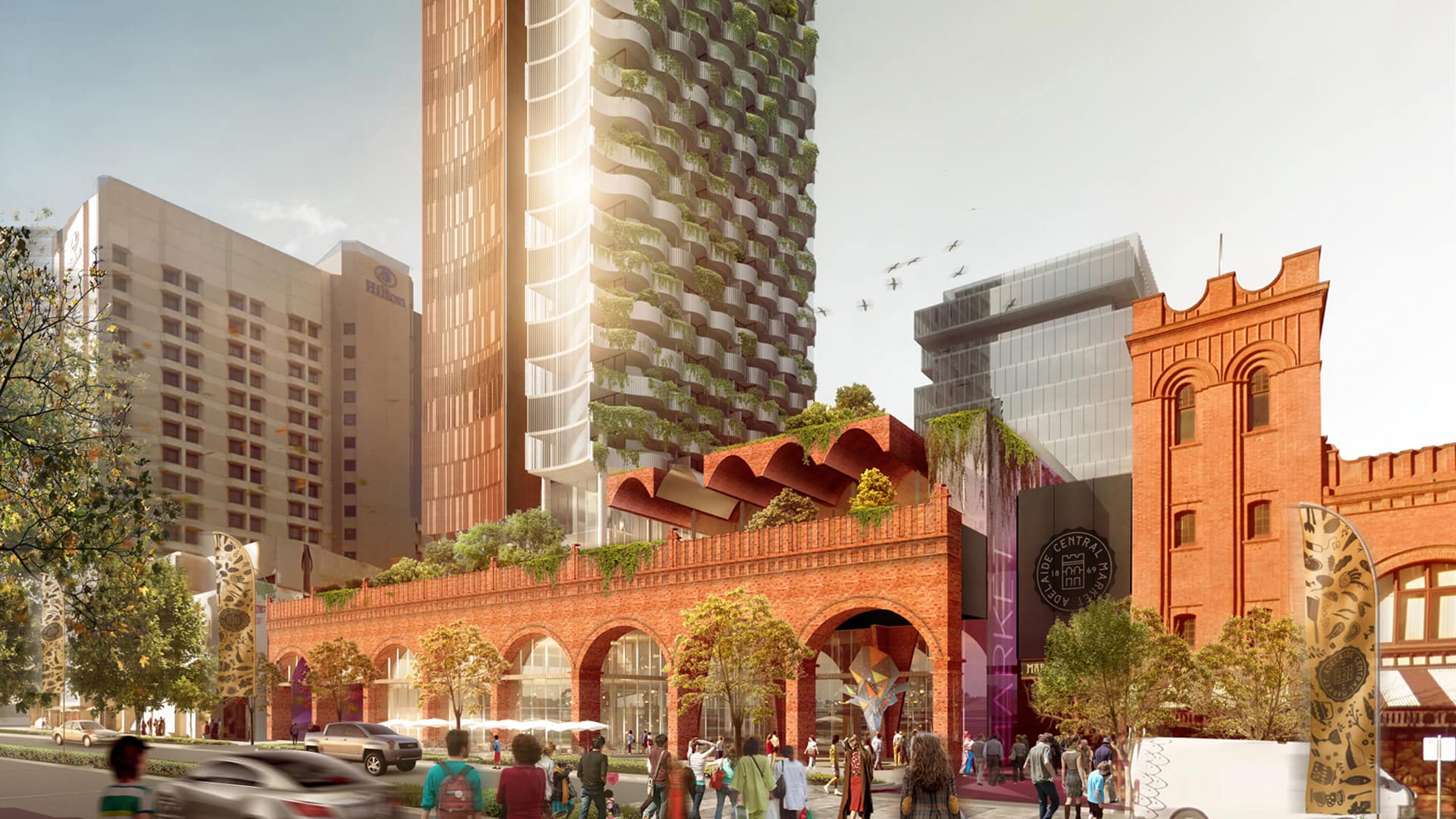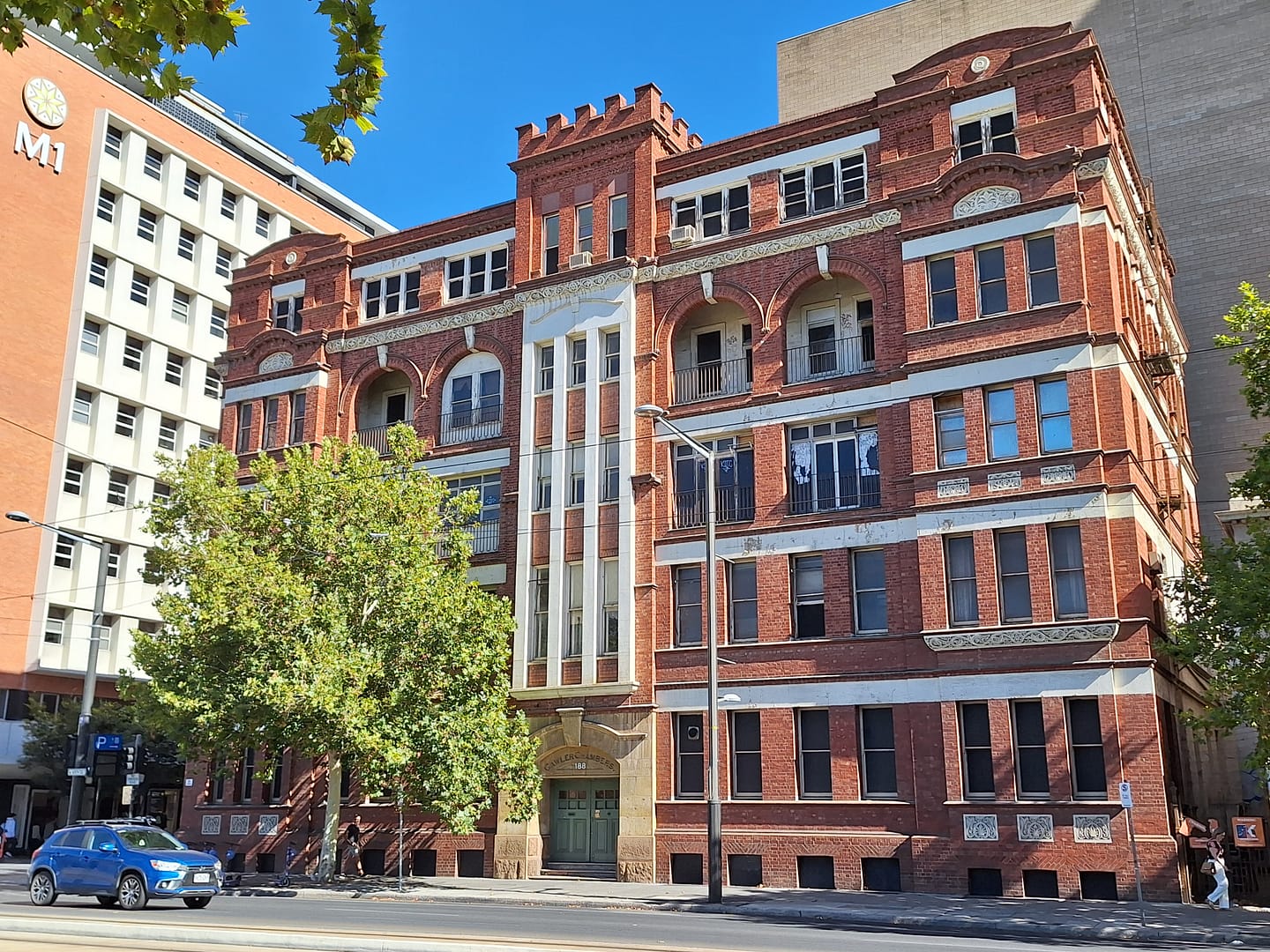The Adelaide Jubilee Exhibition Building was a grand architectural statement in South Australia’s capital, built to commemorate the 50th anniversary of Queen Victoria’s reign. Situated on what is now the site of the University of Adelaide’s Bonython Hall, the building played a pivotal role in Adelaide’s cultural and social history before its eventual demolition in the early 20th century.
This article explores the origins, design, purpose, and ultimate fate of the Jubilee Exhibition Building, once one of Adelaide’s most significant public structures.
Origins and Purpose
The idea for a large-scale exhibition building in Adelaide emerged in the 1880s when South Australia sought to showcase its economic progress, technological advancements, and artistic achievements. The inspiration came from the grand exhibitions held in Europe, particularly the Great Exhibition of 1851 in London, which had been housed in the famous Crystal Palace.
The Jubilee Exhibition Building was conceived as a key part of the celebrations marking Queen Victoria’s Golden Jubilee in 1887. It was intended to host exhibitions of industrial, agricultural, and artistic accomplishments from South Australia and beyond, demonstrating the colony’s growth and ambitions.
Construction and Architectural Design
The South Australian government approved funding for the project, and the building was designed by architect William McMinn, a prominent figure in colonial-era architecture. Construction commenced in 1885, with the foundation stone laid by Governor Sir William Robinson in June of that year.
The building was an architectural marvel of its time, showcasing elements of Victorian-era grandeur blended with practical exhibition hall features. Key highlights of the design included:
- A large central dome, which became a defining feature of the Adelaide skyline.
- Expansive galleries and exhibition halls, providing ample space for displays.
- A grand entrance façade, adorned with intricate detailing, columns, and decorative elements.
- Use of glass and iron, reminiscent of the Crystal Palace, allowing for natural light to fill the halls.
By June 1887, just in time for Queen Victoria’s Jubilee celebrations, the building was completed and officially opened to the public.
The 1887 Jubilee International Exhibition
The first major event hosted at the Adelaide Jubilee Exhibition Building was the Jubilee International Exhibition of 1887, a grand showcase of industrial and artistic achievements. It attracted exhibitors from Europe, the United States, Asia, and across Australia, displaying a vast array of products, machinery, artworks, and cultural artifacts.
The exhibition was a huge success, drawing thousands of visitors, including dignitaries and industry leaders, eager to see the latest technological advancements. It played a key role in promoting South Australia’s industries and establishing international trade links.
Later Uses and Decline
After the conclusion of the Jubilee Exhibition, the building continued to serve as an exhibition and event space. Over the following decades, it was used for:
- Trade fairs and agricultural shows, promoting South Australia’s economy.
- Public lectures and concerts, attracting cultural and intellectual audiences.
- Military purposes, including use as a training facility during World War I.
However, by the early 20th century, the building began to fall into decline. Maintenance costs were high, and the structure was increasingly seen as outdated. As Adelaide grew, new facilities were developed, and the exhibition building lost its prominence.
Demolition and Legacy
In 1920, the South Australian government made the controversial decision to demolish the Jubilee Exhibition Building. The site was repurposed for the expansion of the University of Adelaide, and by 1936, Bonython Hall was built in its place.
The demolition marked the end of an era, and despite its significance, the Adelaide Jubilee Exhibition Building gradually faded from public memory.
Today, remnants of its history can still be found in old photographs, newspaper archives, and historical records. It remains an important part of Adelaide’s architectural and cultural heritage, remembered as a symbol of progress and ambition during South Australia’s formative years.
Conclusion
The Adelaide Jubilee Exhibition Building was more than just a structure—it was a statement of South Australia’s aspirations and achievements in the late 19th century. Though it no longer stands, its legacy endures in the city’s history and the evolution of exhibition spaces in Adelaide.
While modern Adelaide has moved on, the grand building that once graced North Terrace remains a fascinating chapter in the city’s past, a reminder of a time when exhibitions were the grandest showcases of human progress and innovation.


